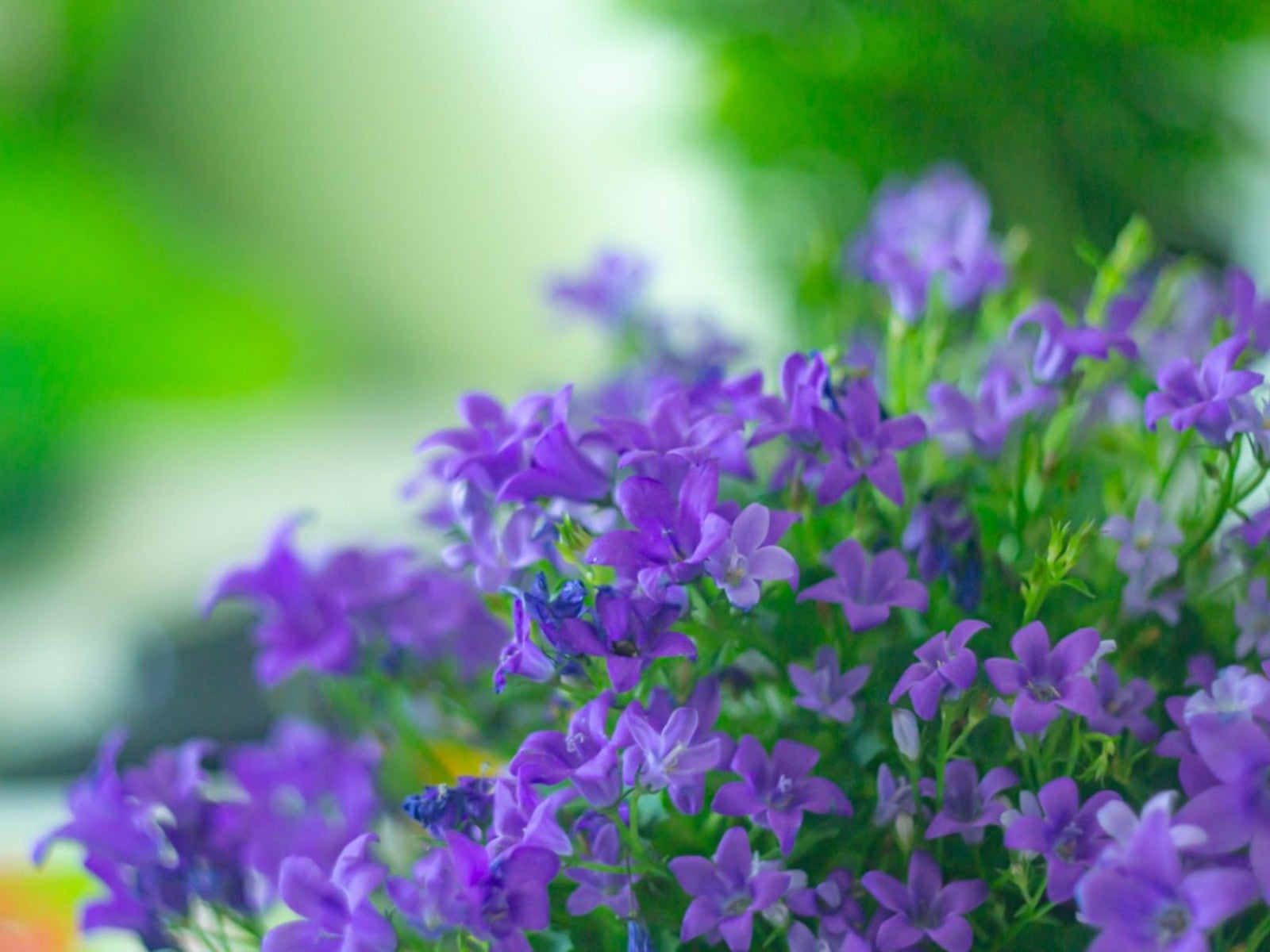Browallia Planting Info: Tips For Growing Sapphire Flower Plant


Browallia speciosa is an annual plant often grown in the home interior. Also known as the sapphire flower plant, it produces brilliant blue, white, or purple flowers and thrives in shady to partially shady locations. The plant produces a small bush that is attractive to hummingbirds. Browallia is a lovely addition to the annual flower garden, container, or as a houseplant.
Sapphire Flower Information
The sapphire flower plant blooms from spring until the end of summer. It is a member of the nightshade family, just as eggplant, tomato, and potato. The flowers are similar in each member of the family, star-shaped, and in blue to white tones. An interesting bit of sapphire flower information is its other name, amethyst flower. The jewel tones of the blooms seem to give rise to such descriptive names. It is a clumping plant that prefers moist soil but can tolerate dry conditions. When growing sapphire flower in semi-shade conditions, it requires protection from the direct sun so the foliage doesn't burn. This is a mounding or clumping plant with bright green leaves. It grows only one to two feet (0.5 m.) high and less than a foot (0.5 m.) wide in most situations. There are several varieties to choose from. The Bell Series are hanging or trailing plants, while the Starlight Series are compact plants. The Troll Series produces dense plants perfect for container gardening.
Browallia Planting
You can start the plant by seed indoors 8 to 10 weeks before the last frost. Sow in a flat of seed starter mix with just a dusting of soil on top. Keep lightly moist and place the flat in a well-lit location. Seeds emerge in 7 to 10 days and may be planted outside after they have established thick roots and two sets of true leaves. If you have trouble finding a blooming plant for dark shady areas, you are in luck. Browallia thrives where light is limited and will still produce its bright, starry blooms. Try growing sapphire flowers where the soil is moist, such as near a water feature or at the edge of a rain garden. The plant needs diffused light to prevent it from burning. In cooler climates, Browallia planting should be in containers, where you can move them indoors as soon as temperatures get cooler. Use a good quality potting mix with some peat moss mixed in to help conserve moisture. Give the plant plenty of supplemental water when growing sapphire flower. They are not tolerant of drought conditions. When planting Browallia outside, leave at least a foot (0.5 m.) spread between plants.
Care of Browallia Sapphire Plants
This little plant is not terribly fussy as long as it gets some protection from the bright midday sun. Watch for the usual pests and treat the plant with horticultural soap as necessary. The plant is attractive to hummingbirds and some pollinators, so avoid poisonous pesticides. Provide a collar when the plants are outdoor seedlings to protect them from slugs and cutworms. A toilet paper roll works well and can be discarded or composted when the plant no longer needs protection. Pinch the terminal growth on this plant to keep it bushy.
Gardening tips, videos, info and more delivered right to your inbox!
Sign up for the Gardening Know How newsletter today and receive a free copy of our e-book "How to Grow Delicious Tomatoes".

Bonnie Grant is a professional landscaper with a Certification in Urban Gardening. She has been gardening and writing for 15 years. A former professional chef, she has a passion for edible landscaping.
-
 Looking For Plants To Give You The Soft And Fuzzies? Try These 5 Fuzzy Leaf Plant Options
Looking For Plants To Give You The Soft And Fuzzies? Try These 5 Fuzzy Leaf Plant OptionsLovers of texture, drama, silver foliage and tactile plants will adore these special sensory garden additions. These fuzzy leaf plant options will leave you all aglow
By Susan Albert
-
 Get Ready For A Summer Of Hummers! Grow These Full Sun Hummingbird Plants and Flowers
Get Ready For A Summer Of Hummers! Grow These Full Sun Hummingbird Plants and FlowersIf you’re lucky enough to enjoy a sunny backyard, make sure you are maxing out on your pollinator opportunities and grow these full sun hummingbird plants and flowers
By Tonya Barnett